Understanding the Impact of Body Cameras
Looking for More Effective Policy Interventions
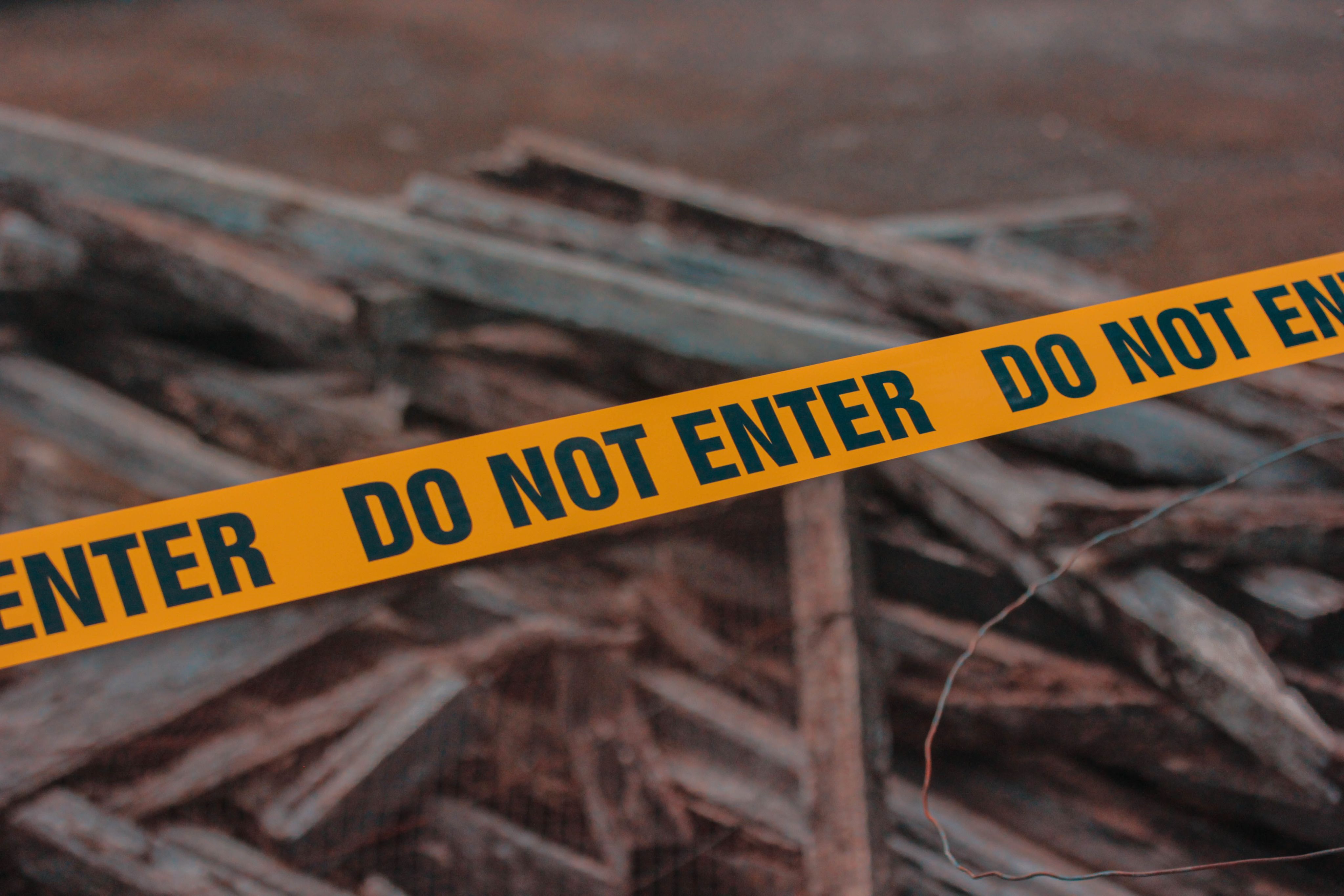
In recent years there has been a number of senseless fatal shootings by police, which has spurred movements for police reform across the country through groups such as Black Lives Matter. These reforms looked to find ways to hold police officers accountable and methods to prevent killings by the police. After the killing of Micheal Brown in Ferguson, Missouri, and the rise of personal footage to hold police accountable, many activists and policymakers pushed for the implementation of body cameras.1
Body cameras, or bodycams, refer to a recording device that captures video and audio worn on the body of the police officer to record the daily events of an officer on duty.2 Bodycams were introduced as an iron-clad way to hold police accountable, as footage would prove if an officer acted in accordance with the law or if they acted improperly, requiring legal action against the officer.3
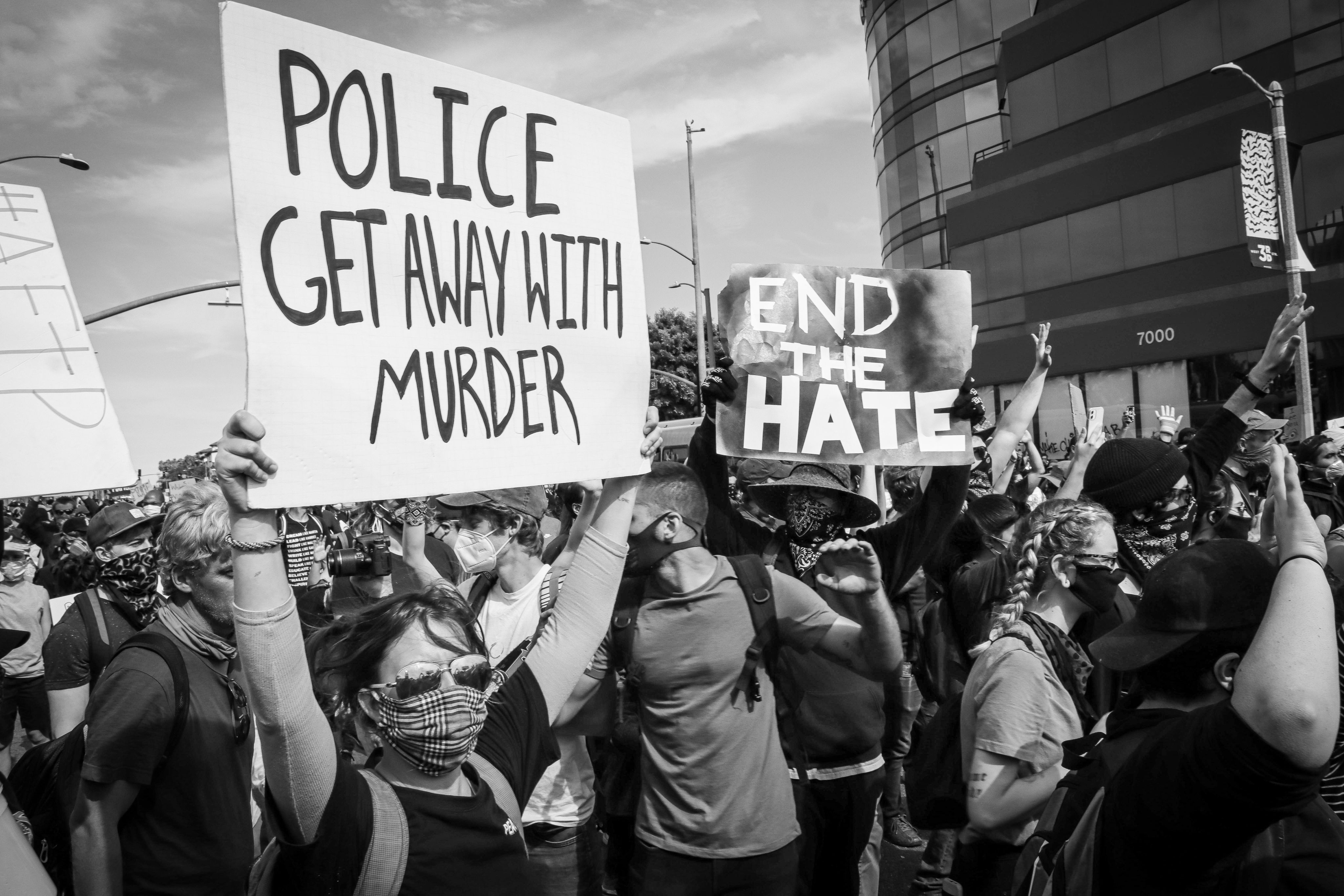
When surveyed, almost all respondents agreed that they approve of the widespread requirement of body cameras by police. This support is found on both sides of the political spectrum. A majority of respondents added that they believe that bodycams are useful in protecting American citizens as well as police officers themselves.4
It seems as though policymakers are in agreement as well...
Policymakers have worked to implement laws across the country.5 Currently there are five states that require the usage of body cams in some capacity. In South Caroline, for instance, every department is required to implement them.
Other laws focus on securing funding to support and expand programs for body cameras. There are thirteen states that have specific legislation for funding to purchase equipment and data systems, as well as staff to support usage.
There are currently Nineteen states that require written policies for police to use of fund body cameras. This includes a variety of different policies. Maryland's law requires their Police Training Commission to create guidelines that develop when officers have to record their actions, how data is stored, and procedures for officers who disobey these guidelines. Utah's law requires that officers that use body cameras have to send their footage to another agency for approval. These laws are in place to set standards for officers, but vary greatly—which can have serious consequences for citizens.
This combination of support has led to the widespread adoption of body cameras.
Nearly half of the country's local police departments use them6
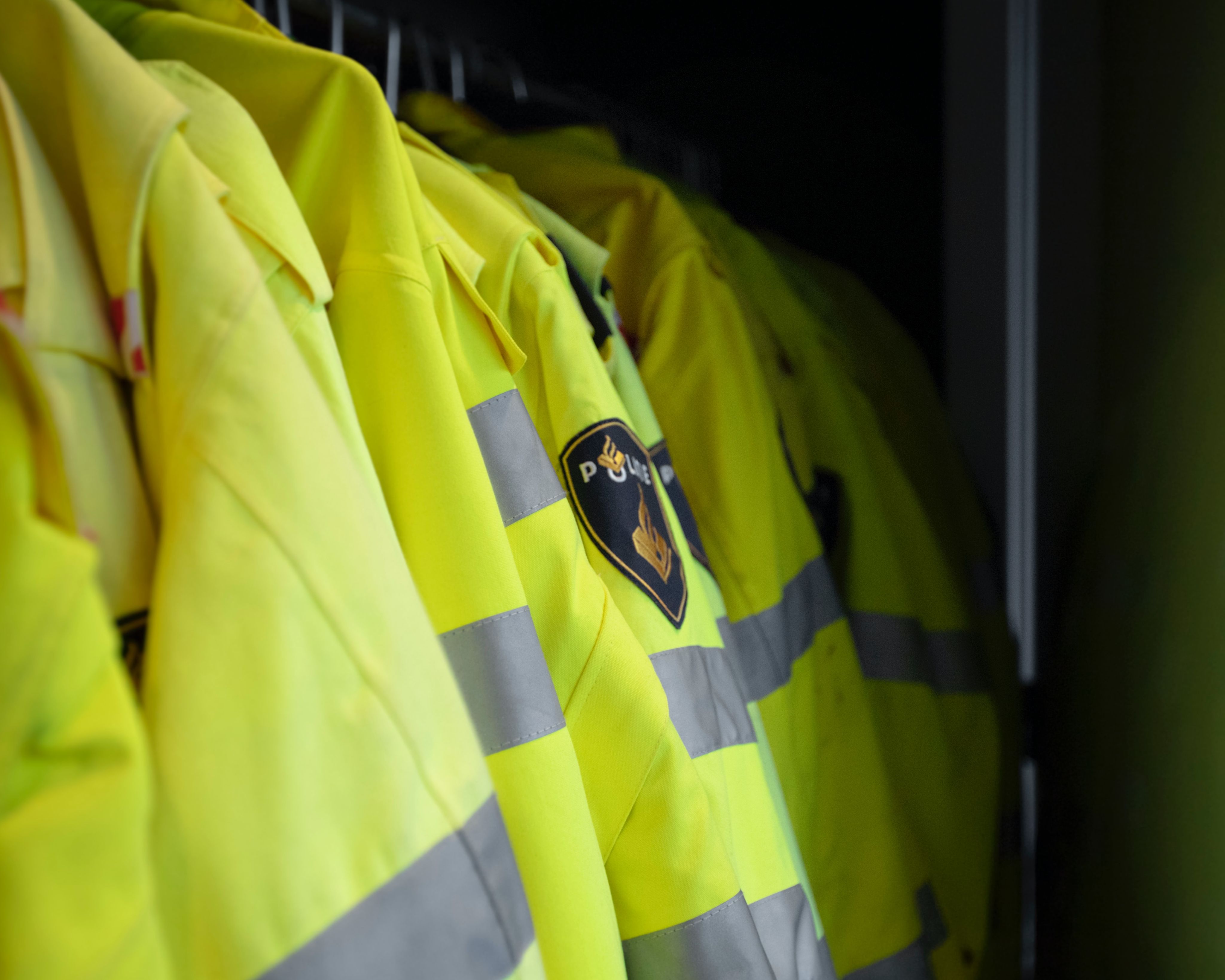
Over 70% of departments with 500 or more police officers use body cameras7
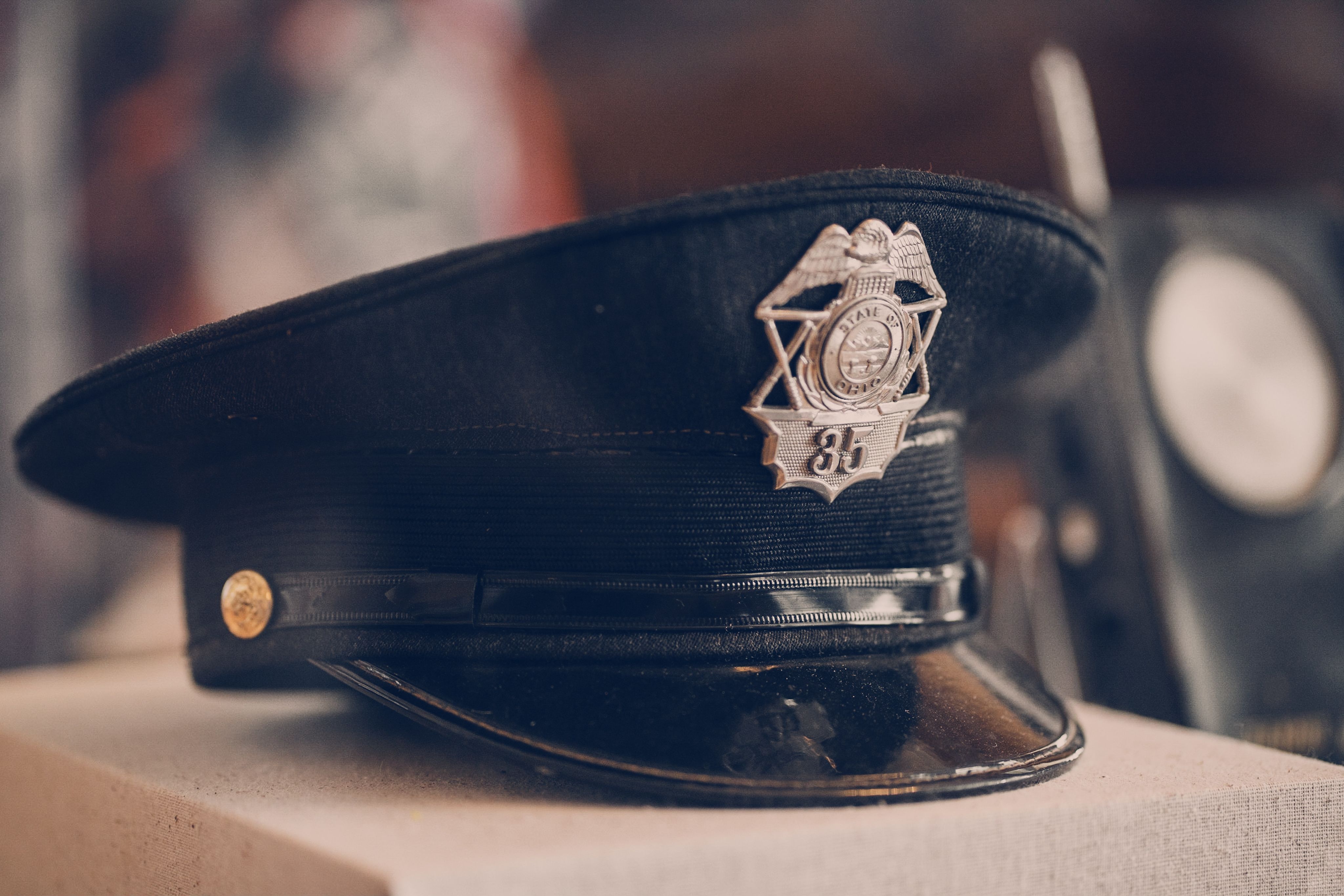
In 2022, the DOJ provided over
$20 million
to support state and local body cam programs8
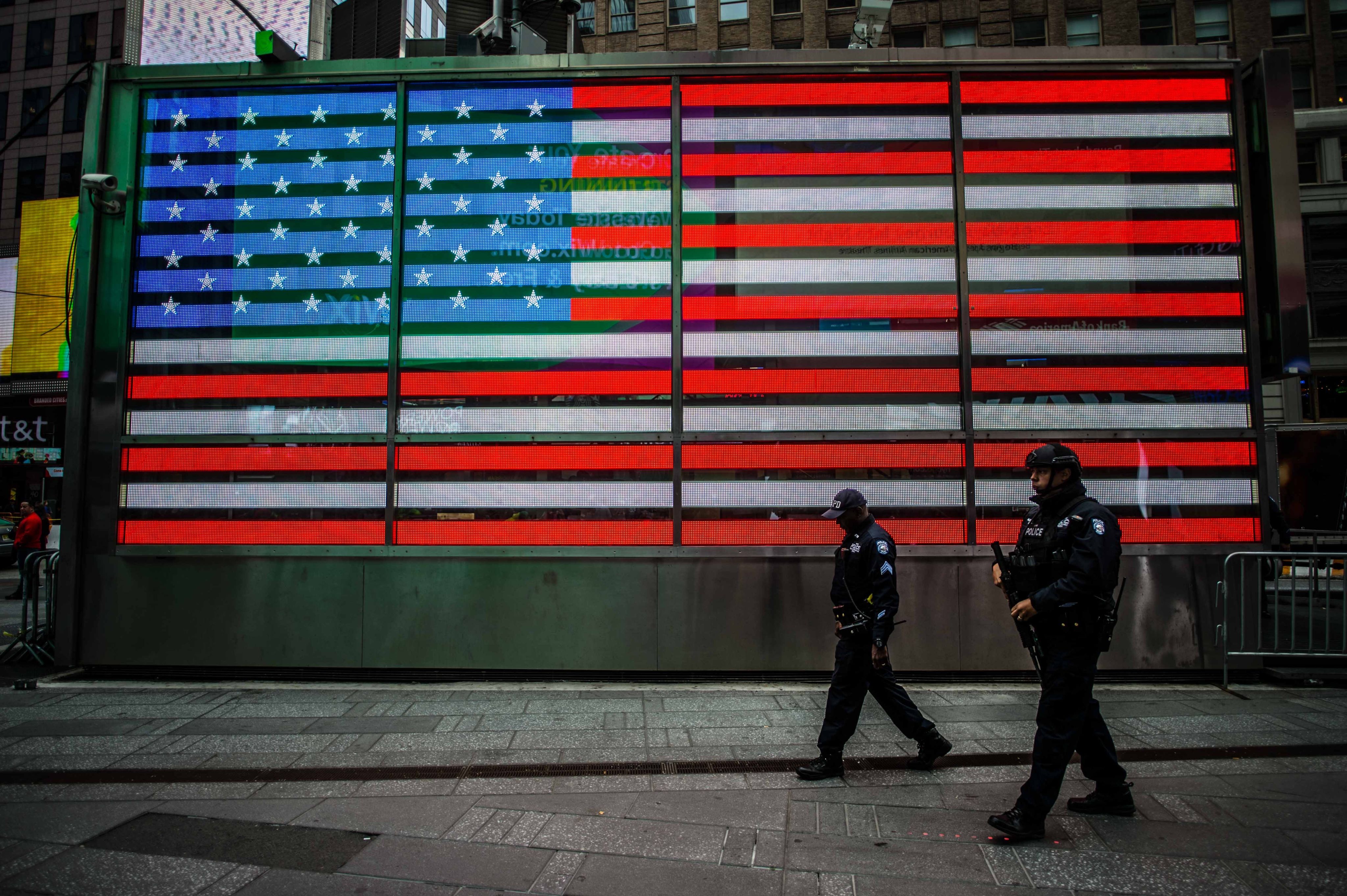
Despite the widespread adoption, support, and massive funding at different levels of government for body cameras, there has not been an impact on police brutality.
The number of police deaths has remained stagnant since before the rise of protests and calls for police reform. Despite all of the attention that the issue received and the amount of time spent attempting to reform the use of force, whether it is deadly or not, previous trends remain the same.
So why didn't body cams work? And what did they change?
While some early studies have shown improvements in relation to reducing complaints, overall, there has been a growing body of research that shows body cameras have no statistically significant impact on reducing police brutality and misconduct.9
In a randomized control trial conducted in Washington D.C., researchers found that body cameras did not reduce the use of force, citizen complaints, and arrests for disorderly conduct. Many other studies have supported these findings. 10
In practice, it is clear why body cameras do not work.
There have been many instances when police officers purposefully turn off their cameras. Without consistent practices across states, there is little accountability when officers choose to turn off their cameras, and police departments fail to enforce these policies.11
There is the added problem of departments refusing to release police footage. When police departments have control over their footage, issues arise with footage mysteriously disappearing and departments choosing which footage they would like to use.12
Lastly, there have been several cases in which footage that was released and captured did not result in any punishment to the offending officer. Depending on the jury at hand, footage may still not be enough to convict police officers that kill.13
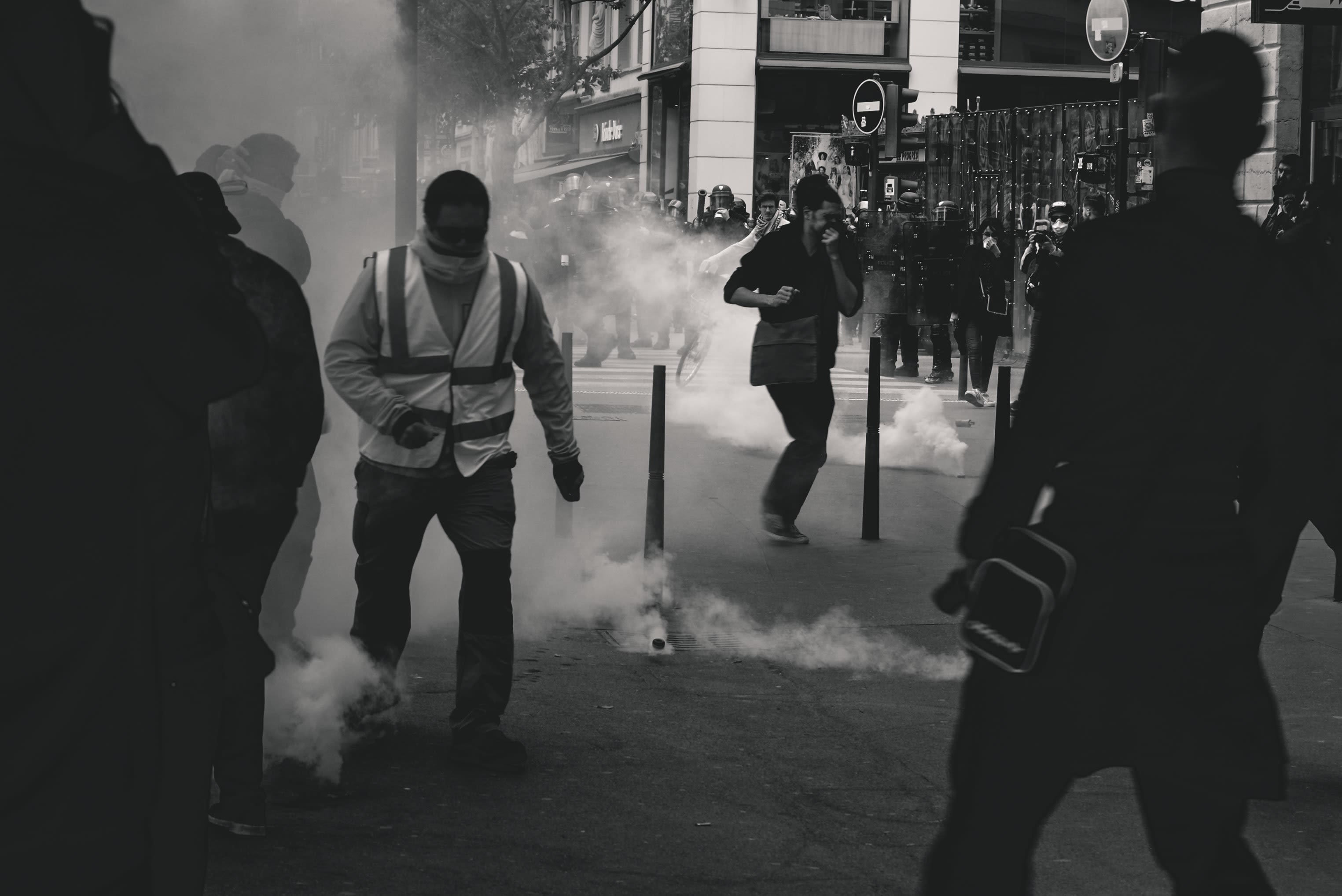

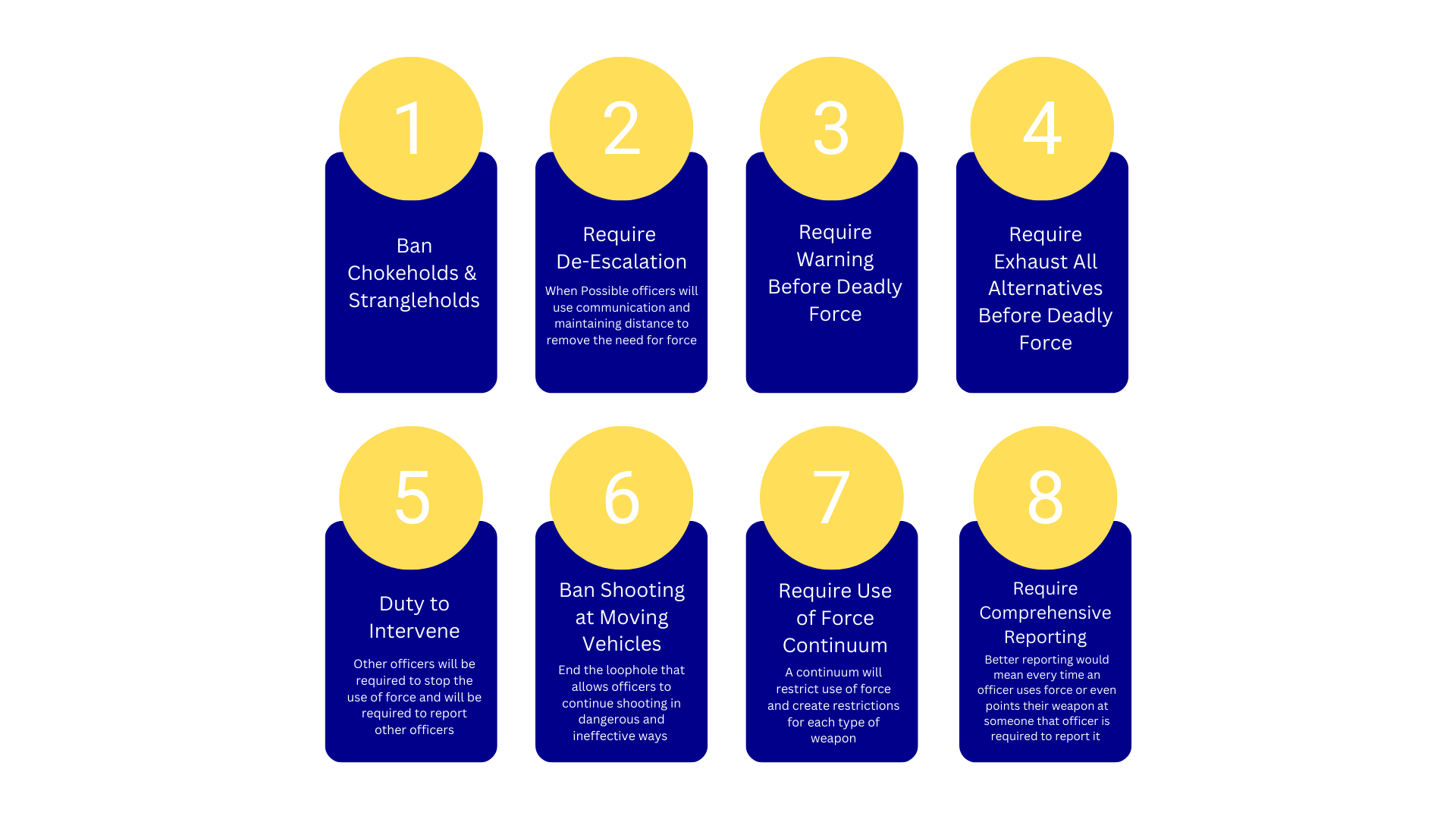
From the policy recommendations outlined above from Campaign Zero, the current state of police reform leaves much room for improvement. The major police protests that erupted in recent years laid the path for true reform. Research has shown that efforts to reduce the use of force reduce the number of police killings.14
Body cameras alone are not cutting it, we need better legislation.
Body Cameras alone will not produce the kind of police reform we need to see
Learn more about Campaign Zero and Reach out to your local representatives
References
[1] Jay Stanley, “Body Cameras and the George Floyd Protests | News & Commentary,” American Civil Liberties Union (blog), June 25, 2020, https://www.aclu.org/news/privacy-technology/body-cameras-and-the-george-floyd-protests.
[1] “Body-Worn Camera Frequently Asked Questions,” Body-Worn Camera Toolkit (Bureauof Justice Assistance, 2015), https://bja.ojp.gov/sites/g/files/xyckuh186/files/media/document/BWC_FAQs.pdf.
[1] Stanley, “Body Cameras and the George Floyd Protests | News & Commentary.”
[1] “Police Body Cameras | Cato Institute,” accessed December 7, 2022, https://www.cato.org/policing-in-america/chapter-4/police-body-cameras.
[1] “Body-Worn Camera Laws Database,” accessed December 7, 2022, https://www.ncsl.org/research/civil-and-criminal-justice/body-worn-cameras-interactive-graphic.aspx#/.
[1] Shelley S. Hyland, Ph.D, “Body-Worn Cameras in Law Enforcement Agencies, 2016” (U.S. Department of Justice, November 2018), https://bjs.ojp.gov/content/pub/pdf/bwclea16.pdf.
[1] “Research on Body-Worn Cameras and Law Enforcement,” National Institute of Justice, accessed December 7, 2022, https://nij.ojp.gov/topics/articles/research-body-worn-cameras-and-law-enforcement.
[1] “FY 2022 Body-Worn Camera Policy and Implementation Program to Support Law Enforcement Agencies,” Bureau of Justice Assistance, accessed December 7, 2022, https://bja.ojp.gov/funding/opportunities/o-bja-2022-171093.
[1] Cynthia Lum et al., “Research on Body-Worn Cameras,” Criminology & Public Policy 18, no. 1 (2019): 93–118, https://doi.org/10.1111/1745-9133.12412.
[1] David Yokum, Anita Ravishankar, and Alexander Coppock, “A Randomized Control Trial Evaluating the Effects of Police Body-Worn Cameras,” Proceedings of the National Academy of Sciences 116, no. 21 (May 21, 2019): 10329–32, https://doi.org/10.1073/pnas.1814773116.
[1] Stanley, “Body Cameras and the George Floyd Protests | News & Commentary.”
[1] Stanley.
[1]German Lopez, “The Failure of Police Body Cameras,” Vox, July 21, 2017, https://www.vox.com/policy-and-politics/2017/7/21/15983842/police-body-cameras-failures.